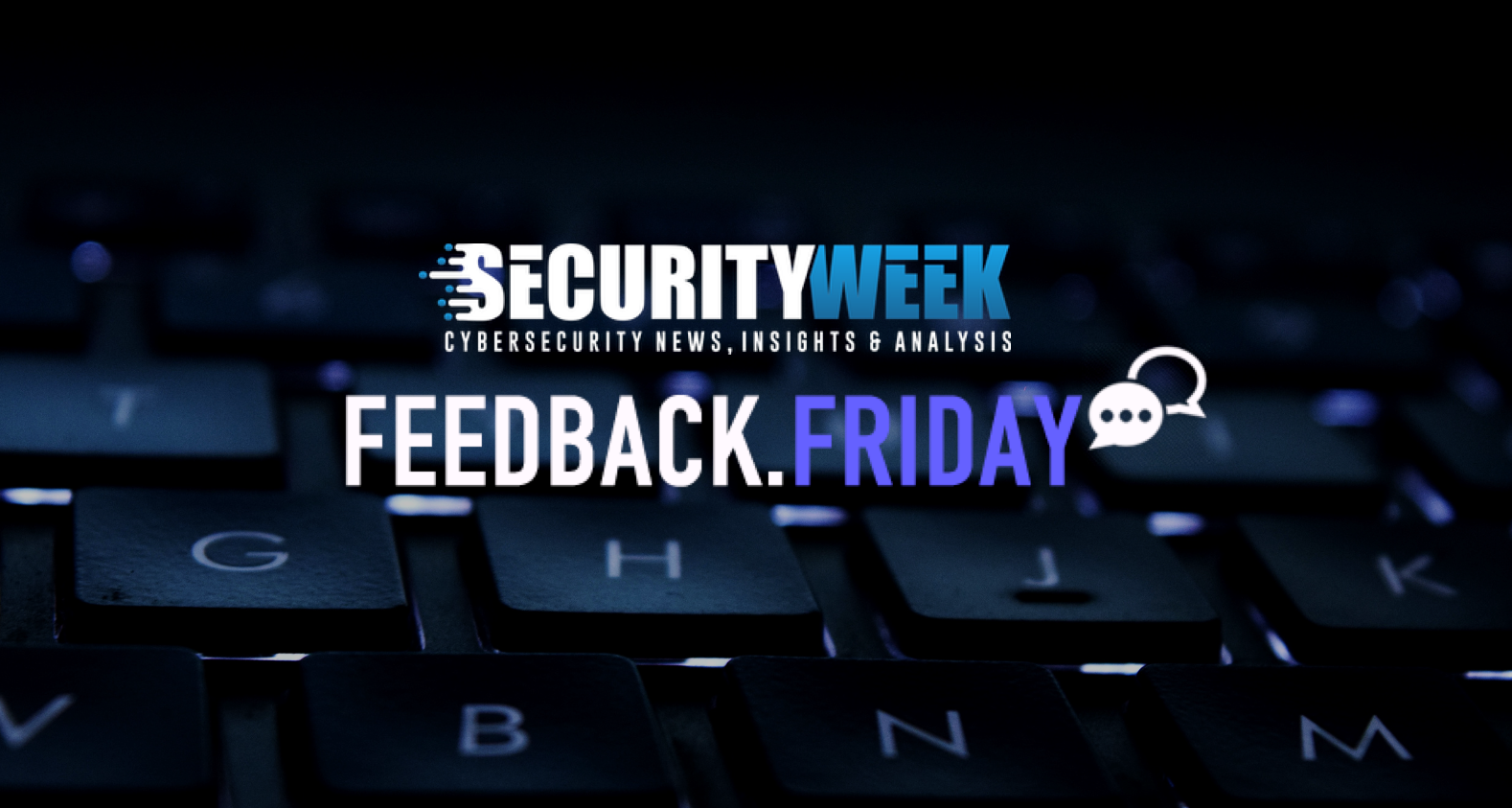
Authorities in the United States and Europe have announced the results of a major law enforcement operation targeting the Hive ransomware.
Agencies from around the world worked together to take down Hive’s leak website and servers. In addition, agents hacked into Hive systems in July 2022, allowing them to identify targets and obtain decryption keys that allowed victims to recover encrypted files without paying a ransom.
Authorities continue to investigate Hive in an effort to identify the cybercriminals involved in the operation, including developers, administrators and affiliates. The US announced that it’s offering rewards of up to $10 million for information on these and other hackers.
Several industry professionals have commented on various aspects of the Hive takedown, many noting that while Hive may have fallen, the threat actors behind the operation will likely continue their malicious activities.
And the feedback begins…
Kimberly Goody, Senior Manager, Mandiant Intelligence, Google Cloud:

“We’ve seen multiple actors using Hive ransomware since it emerged, but the most prolific actor over the past year, based on our visibility, was UNC2727. Their operations are notable because they have commonly impacted the healthcare sector. Hive also hasn’t been the only ransomware in their toolkit; in the past we’ve seen them employ Conti and MountLocker among others. This shows that some actors already have relationships within the broad ecosystem that could enable them to easily shift to using another brand as part of their operations.”
Crane Hassold, former FBI cyber psychological operations analyst, Head of Research, Abnormal Security:

“Unlike some other cyber threats, like business email compromise (BEC), the ransomware landscape is very centralized, meaning a relatively small number of groups are responsible for a majority of all the attacks. The silver lining to this top-heavy ecosystem is that disruptive actions against one of these primary groups, such as law enforcement takedowns, can have a significant impact on the overall landscape. Since Hive has been one of the biggest players in the ransomware space over the past year, I would expect this takedown to have a noticeable impact on ransomware volume, at least in the short-term.
Because of the increased pressure from global law enforcement and the likely regulatory controls of cryptocurrency, one of the biggest drivers of today’s ransomware landscape, it’s very possible that we’ll start to see ransomware actors pivot to other types of cyber attacks, like BEC. BEC is the most financially-impactful cyber threat today and, instead of using their initial access malware to gain a foothold on a company’s network, they could simply reconfigure the malware to establish access to employee mailboxes, which could lead to more scaled and sophisticated vendor email compromise attacks.”
Satnam Narang, Senior Research Engineer, Tenable:

“The actions undertaken by U.S. agencies to disrupt the Hive ransomware group operation from within is an unprecedented step in the fight against ransomware, which has steadily remained the biggest threat facing most organizations today. While this may signal the end of the Hive ransomware group, its members and affiliates remain a threat. If there’s anything we’ve learned after past disruptive actions against ransomware groups, it’s that other groups will rise to fill the void left behind. Affiliates, which are typically responsible for conducting most of these attacks, can easily pivot to other affiliate programs of groups that remain operational and ransomware group members can also take their knowledge to these groups. One of the key ways ransomware groups gain attention and notoriety is by publishing their successful attacks on data leak sites on the dark web. It wouldn’t surprise me if ransomware groups see the threat posed by maintaining these sites and stop publicly listing these attacks in an attempt to stay under the radar.”
Kurt Baumgartner, Principal Researcher, Kaspersky:

“The frequency of ransomware attacks have been up, while victim payments have reportedly gone down. This is a great trend, and this coordinated effort is what we need to see more of from law enforcement around the world. Some of this effort in letting the activity progress may seem somewhat controversial, but generating decryption keys for victims over time helps to exhaust the group’s resources.
Yes, in all likelihood, another gang is going to fill the void. It takes time and effort, but the incentives are in the hundreds of millions of dollars.
It’s somewhat surprising that the group housed their server resources in-country in Los Angeles. Apparently they thought everything was secured and hidden by the Tor network. Law enforcement put on display some impressive capabilities in infiltrating, seizing, and disrupting some of the gang’s resources. The actors behind this group have shown a reckless disregard for human life in their efforts to victimize schools and hospitals.”
Austin Berglas, Global Head of Professional Services, BlueVoyant:

“True dismantlement comes only when law enforcement can “put hands on” or arrest the individuals responsible. However, identifying the actual human beings behind the keyboard is a very difficult task. Many of these cyber criminals are adept at anonymizing their online communications, locations, and infrastructure – often operating in global locations where international law enforcement cooperation is non-existent and utilizing bullet-proof hosting providers, which are unresponsive to legal process.
There may be a temporary decline in ransomware activity in the wake of the website seizure as groups scramble to harden defenses and tighten their inner circles, but this will not make an overall, noticeable impact on global ransomware attacks. History has shown that ransomware gangs that disband either due to law enforcement actions, internal strife, or geo-political reasons will sometimes regroup under a different name. Conti, one of the most active ransomware gangs in recent history, shuttered operations soon after one of their members leaked internal Conti communications. Former members of the group are suspected of spinning off into newer groups such as BlackBasta and BlackByte.”
Jan Lovmand, CTO, BullWall:

“What is a significant win for law enforcement, could in reality be a road bump for the Hive Ransomware group. Whenever law enforcement starts paying too significant attention and effort to a particular group, they often scatter or reorganize under a different name. We have seen these seizes before only for the gang to surface with new extortion sites and ransomware names, or sometimes as several smaller groups. In the past they have seen these interruptions as temporary setbacks to a very lucrative business – similar to when a drug cartel has a shipment seized. They lose some income, get disrupted but rarely stop their criminal activity to become honest working individuals. Law enforcement in several regions have in the past recovered ransoms paid from other gangs or seized decryption keys, but what is different this time is how many victims the FBI have been able to help and for how long.”
Eric O’Neill, National Security Strategist, VMware:

“The disruption of the notorious Hive ransomware group demonstrates that the FBI has increased its ability to investigate and track threat actors across the Dark Web. This supports the commendable work the FBI’s IC3 is doing to track cybercrime attacks and coordinate efforts to repatriate stolen funds from cybercriminals, further reinforcing the importance of notifying the IC3 when a ransomware attack occurs.
It’s also worth noting how large the Dark Web has grown and how well-resourced new cyber crime syndicates, such as Hive, have become. The Dark Web is currently the third largest economy on Earth measured by GDP, which is larger than Japan or Germany. By 2025, this will grow larger than both countries combined. The FBI’s work to shut down Hive servers and repatriate encryption keys is a great step in the right direction, but it is only a step along a distant marathon to stop Dark Web-resourced cyber crime.”
Julia O’Toole, CEO, MyCena Security Solutions:

“When CISOs are reading the news about Hive’s takedown, it would be wise for them to also focus on the data being revealed about the gang’s victims and the financial losses they inflicted. The alarming numbers may be about Hive, but other ransomware gangs that have even more victims under their belt are still in operation and still pose a very real and credible threat today.
Organizations should use this takedown as a warning that ransomware is a damaging threat that is far from over. As the number one route to a ransomware attack is by gaining initial network access, network infrastructure access must be the number one priority.
When it comes to defense tools, access segmentation and encryption provide the greatest protection. These solutions stop data breaches from propagating through networks and morphing into ransomware attacks, while they also help prevent phishing attacks on employees, since they don’t know the passwords they use.”
Alfredo Hickman, Head of Information Security, Obsidian Security:

“Today’s news sends a very loud message to all cybercrime groups that if you are on this administration’s radar, they are going to be proactive – and if you get within reach of the American legal and justice system, they will hold you accountable. Some experts believe this approach still lacks teeth due to the risk/reward calculous that heavily favors cybercrime organizations operating outside the reach of the US justice system.
However, this more aggressive and proactive approach to disrupting cybercrime operations should cause pause and recalculation within some organizations. As these announcements continue to roll out and as related cybercrime operations continue to be disrupted and pressure is applied to host nations, I believe there will be fewer attacks on at least the most sensitive establishments, such as hospitals or critical infrastructures due to the near-universal condemnation and political blowback.”
The post Industry Reactions to Hive Ransomware Takedown: Feedback Friday appeared first on SecurityWeek.



